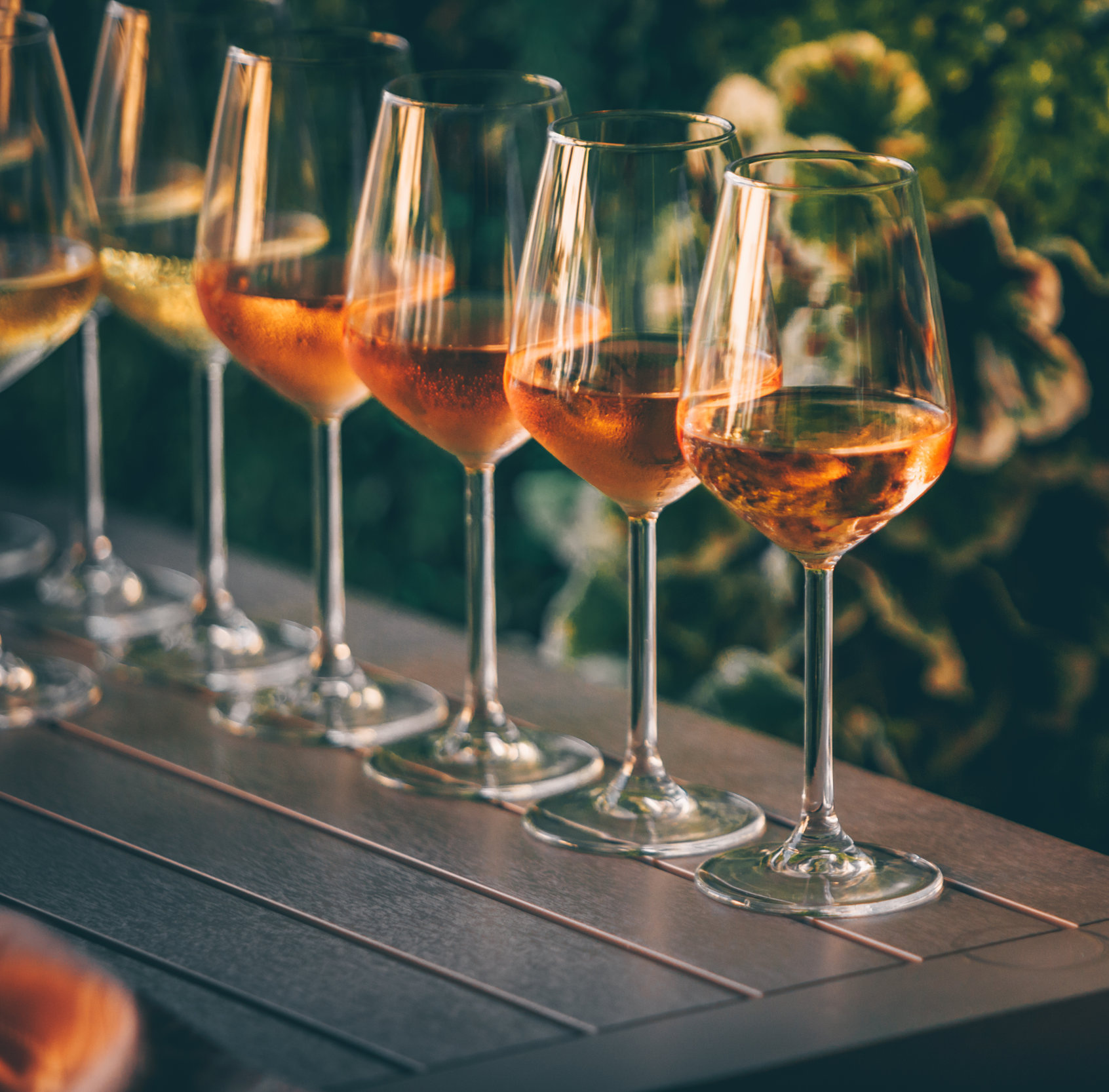9. Blending. When blending, the pinnacle of experience, intuition, and talent come into play. Evaluating rosé wines and combining them to achieve the desired rosé is an art. By attaining the ancestral vilification principles, we cautiously review all the available batches of wine made from different grapes and different sections of the domains and producers. Assembling them while adjusting the proportions, we fine-tune the blending towards reaching our final cuvée, which is reflective of the terroir and the excellence of the “A.O.P-Côtes de Provence.”
10. Bottling. A.O.P rosés are bottled under A.O.P rules, guaranteeing the quality of the wine and ensuring the stability and the worthiness of the A.O.P system dating back to 1935.



